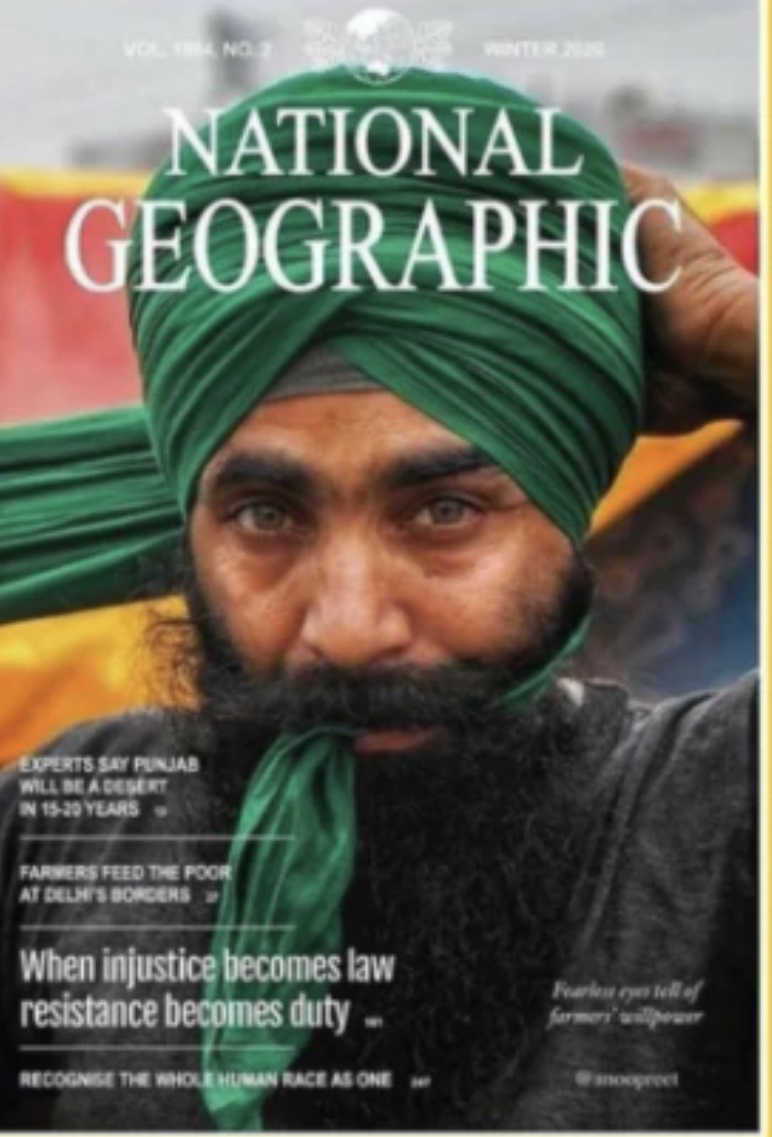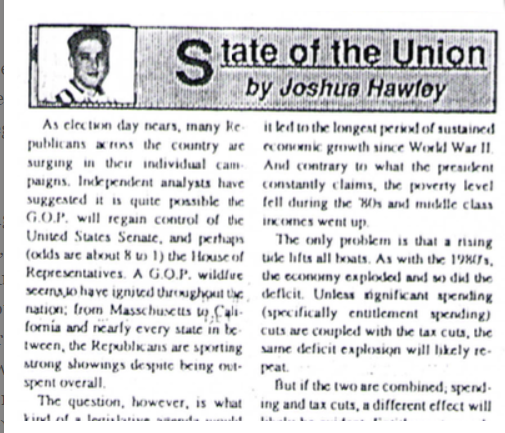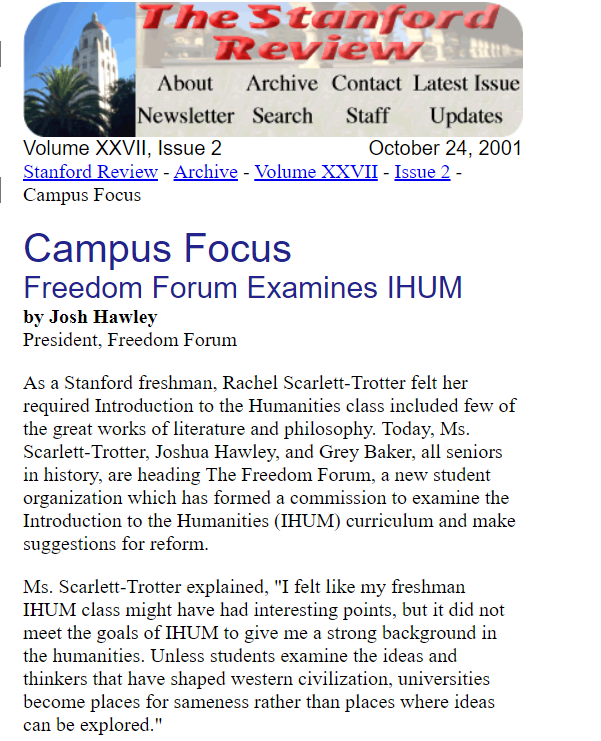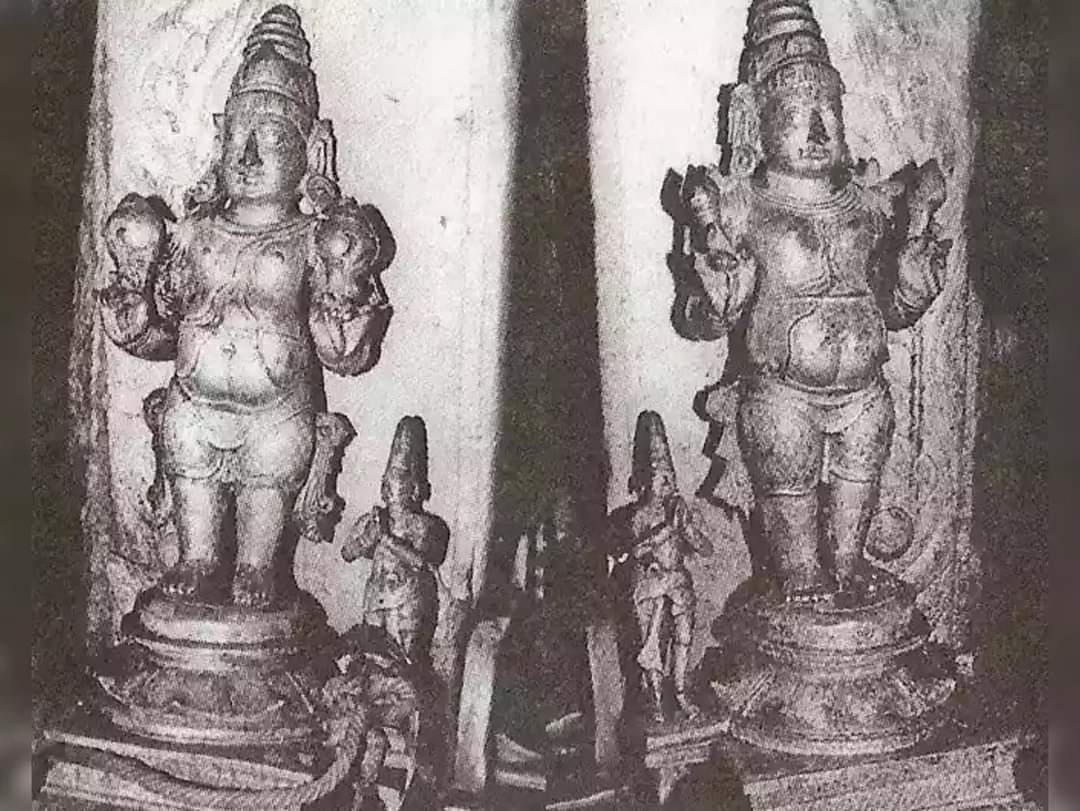Don't mean to be a negative nancy, but I **really**, really, dislike this trend of some Punjabi artists in the West now churning out artwork by making their own "covers" of popular magazines with photos from the protests.
Lot of genuine problems with this

https://t.co/NtgREE0rhF
From facing hate propaganda for around a decade and half, which started soon after Partition and made people disown their mother tongue during census of 1951 and 1961, #Punjabi has now emerged as the language of resistance during the current #Farmers movement. pic.twitter.com/o2z7B7lYNj
— I P Singh (@ipsinghTOI) January 13, 2021
Is a movement only validated if it's covered in a magazine for Western audiences?
https://t.co/LpGafXQZ3Y
This is going live tomorrow, by the way!
— Jaskaran Singh Sandhu (@JaskaranSandhu_) January 17, 2021
If the past week, and today, has shown us anything it's that being able to share the lived experience and perspective of diaspora Sikhs is critical to the global conversation. https://t.co/O1S3aH4iys
More from India
Thread on beheadings by H!ndus
(1/n) https://t.co/jr72XYZHTq

Radical Hindutva Extremists
— Dhruv Rathee \U0001f1ee\U0001f1f3 (@dhruv_rathee) January 3, 2021
= Radical Islamic Extremists - Beheading + Mob Lynching
+ "At least we don't behead people, be happy"
https://t.co/esFBGvvvCt

https://t.co/t0X0bpsYZI

https://t.co/akB0tGqwfB

https://t.co/pfRi6SxqW5

His own brand of "positive secularism" is even milder - deepening special rights and welfare schemes for religious minorities.
I'm not entirely comfortable with Modi's "Hindutva".
— Onye Nkuzi (@cchukudebelu) February 2, 2021
I know many of my Indian followers will come at me, angrily - but let me just say this out.
I'm not sure it is a great model for democracy in a diverse, multi-cultural developing nation.
After the disbanding of the Hindu Mahasabha and Jana Sangh, Hindutva as a political ideology does not even exist, except as a bogeyman in the minds of the Anglophone elite.
Even the BJP gave up Hindutva for civic nationalism, Gandhian socialism, and positive secularism in 1980s.
Under Modi, there has been compete policy continuity on minority rights and welfare from the Congress era, with little to no "Hindutva agenda" coming to see the light of day.
The most radical policy they can dream of is religion-neutral laws and equal rights for equal citizens.
Hindutva was essential in forming a national consciousness, but was abandoned with time. The modern BJP refuses to self-identify as a Hindutva movement, adopting moderates like Sardar Patel, Deendayal Upadhyay, and JP Narayan as their icons, rather than Savarkar or the Mahasabha.
When they say Hindu Rashtra, all they mean is an "Indic polity".
When British India was partitioned into a Muslim homeland and a Dharmic homeland, one state became a 'Ghazi' garrison state, and one the successor state to the Indic
You May Also Like
His arrogance and ambition prohibit any allegiance to morality or character.
Thus far, his plan to seize the presidency has fallen into place.
An explanation in photographs.
🧵
Joshua grew up in the next town over from mine, in Lexington, Missouri. A a teenager he wrote a column for the local paper, where he perfected his political condescension.
2/

By the time he reached high-school, however, he attended an elite private high-school 60 miles away in Kansas City.
This is a piece of his history he works to erase as he builds up his counterfeit image as a rural farm boy from a small town who grew up farming.
3/

After graduating from Rockhurst High School, he attended Stanford University where he wrote for the Stanford Review--a libertarian publication founded by Peter Thiel..
4/
(Full Link: https://t.co/zixs1HazLk)

Hawley's writing during his early 20s reveals that he wished for the curriculum at Stanford and other "liberal institutions" to change and to incorporate more conservative moral values.
This led him to create the "Freedom Forum."
5/












